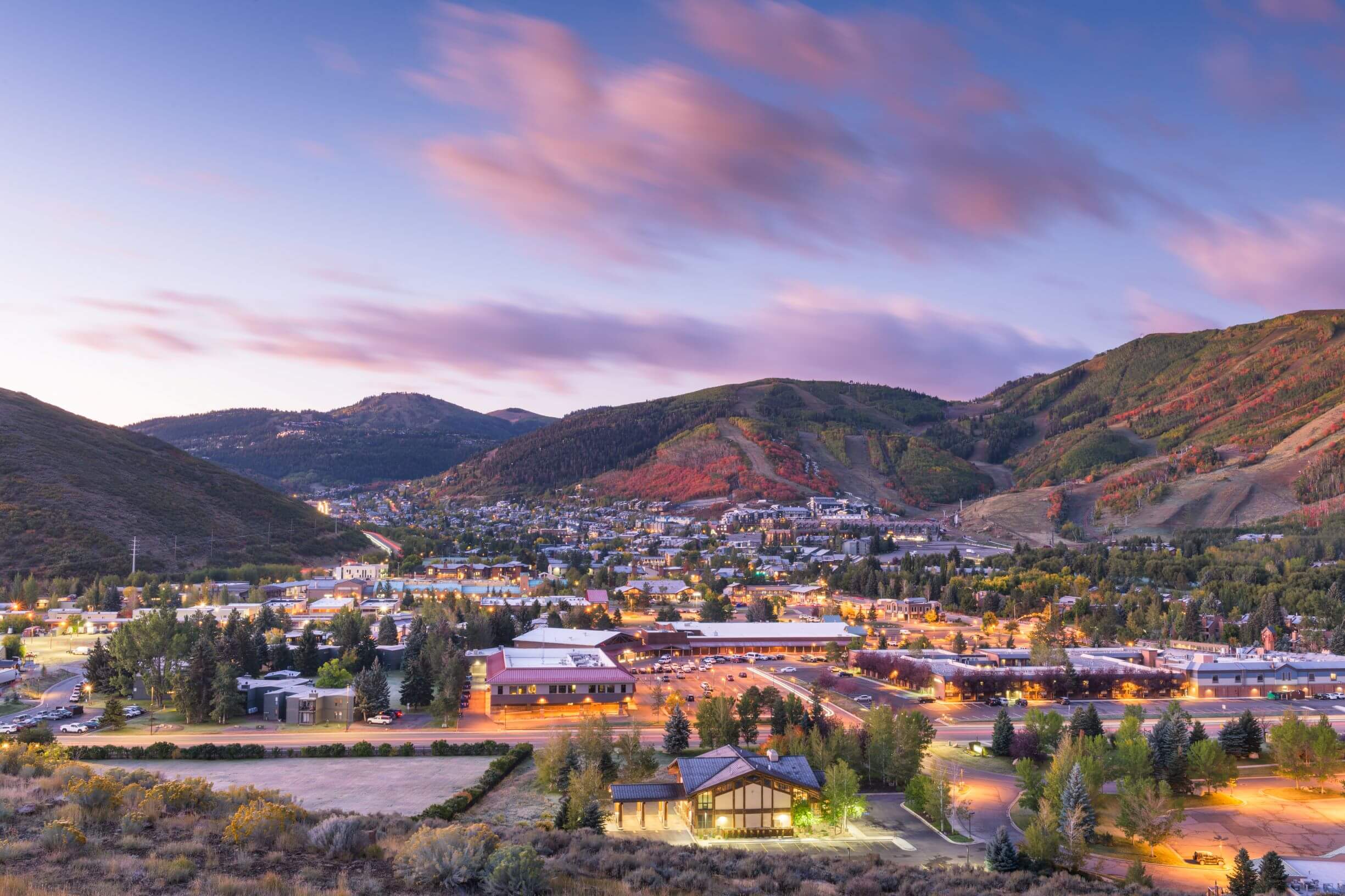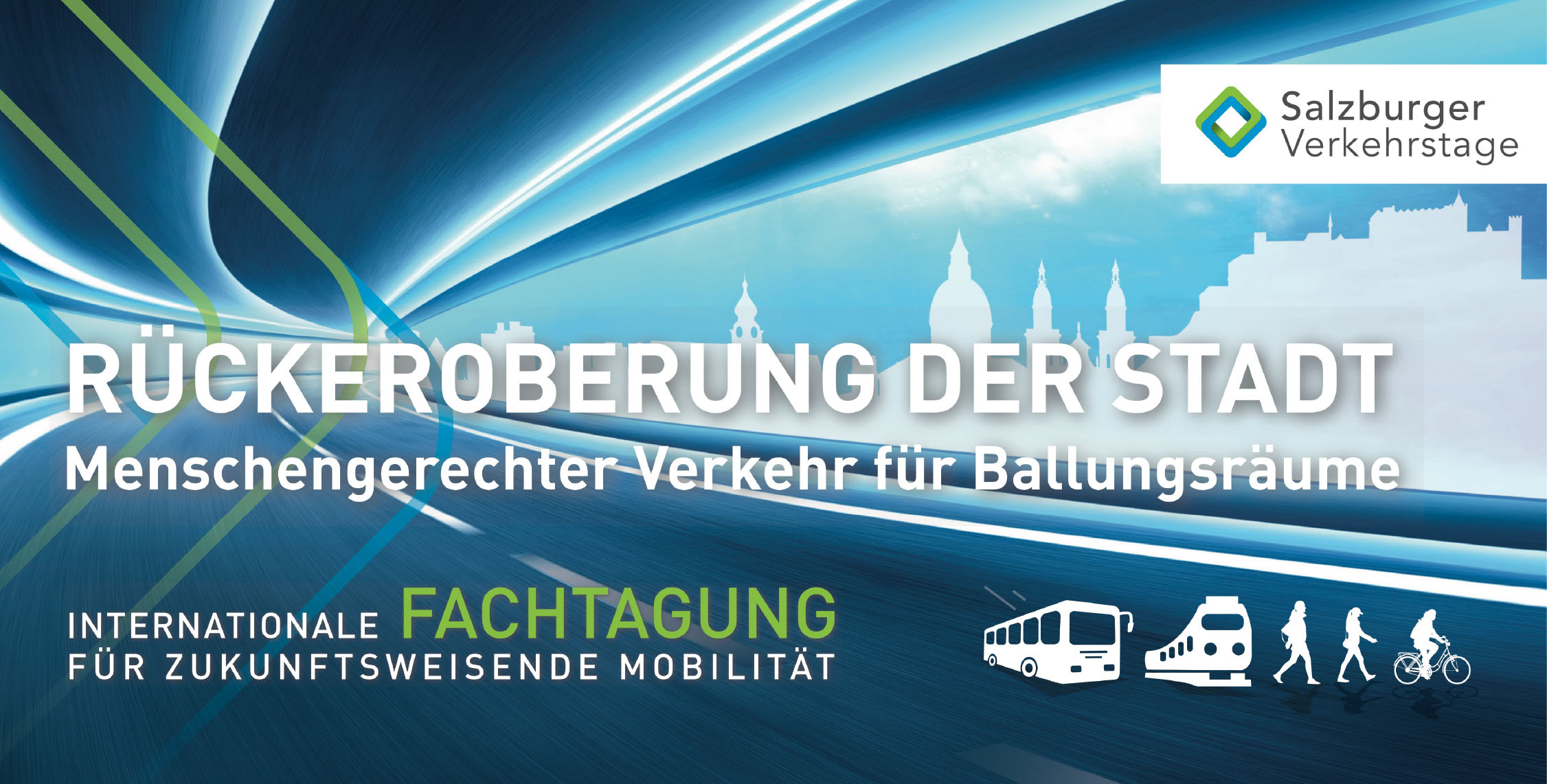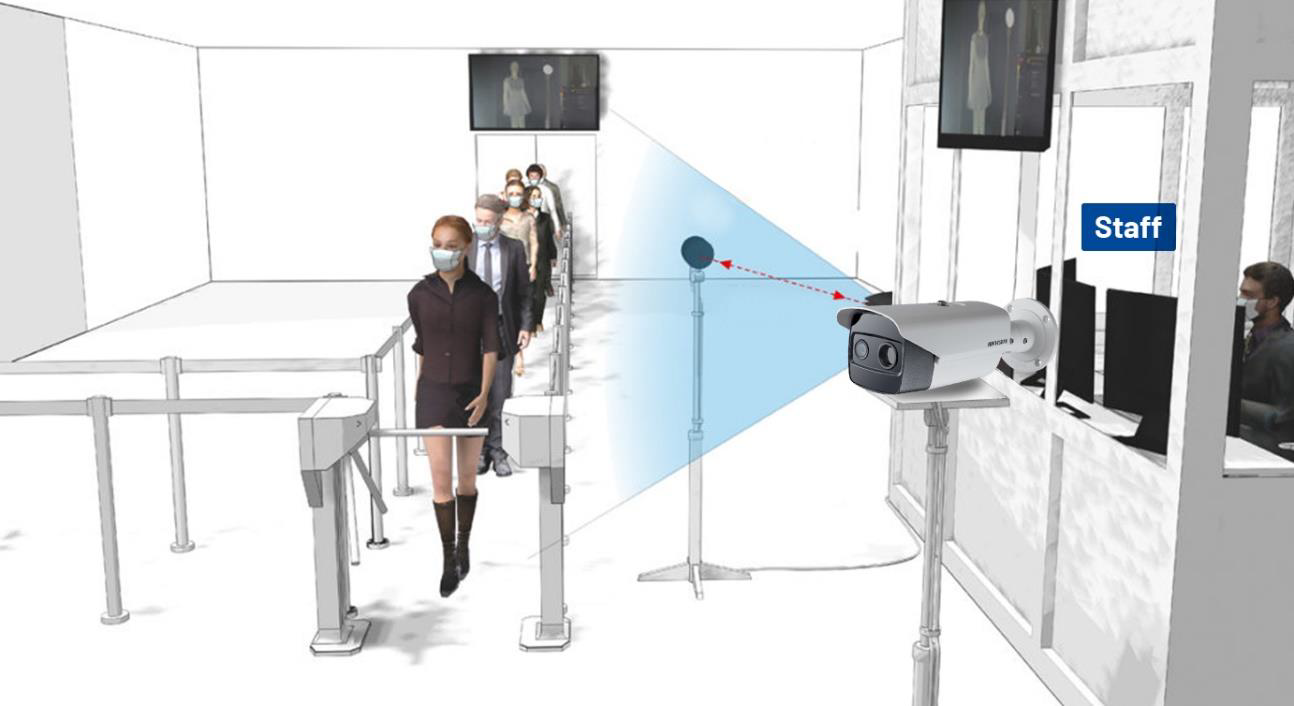Cable car network for Park City (Utah)
One central pillar of the 2020 Initiative in Utah is the innovation of the transport system. In January, the city commissioned the Snow Engineering Group to conduct a feasibility study for a gondola system in which four key locations would be connected by a cable-drawn transport solution.
European transport conference
Virtual Get-Together
Sustainable, cost-effective and future-oriented transport solutions
In Salzburg in October it will once again be all about transport. At Forum Mobil, questions are asked afresh every year on the topic of the future of mobility. This time, the focus is on mobility competition.
Crisis-Proof tourist attraction
The tourism industry in particular has had a number of difficulties during the pandemic. In Singapore, it has been clearly demonstrated which provision is trusted even during the crisis.
Confidence: Hard to build and very fragile
The pandemic has had a severe impact on many areas, one of which has been public transport. Whilst there have been not only short-term financial losses to contend with here, one asset that is hard to establish was damaged within a few weeks: confidence.
Channelling passengers properly
Overcrowded stations and public transport systems are commonplace in urban areas; crowd management tools should alleviate this negative trend.





